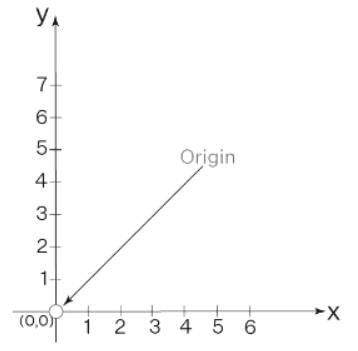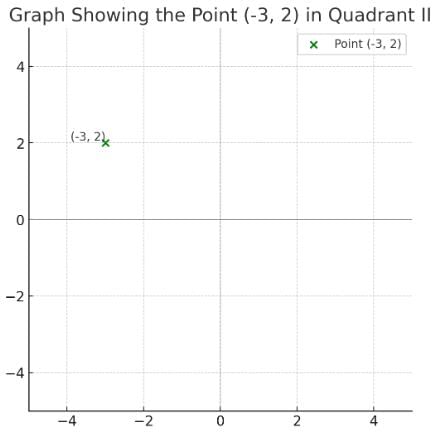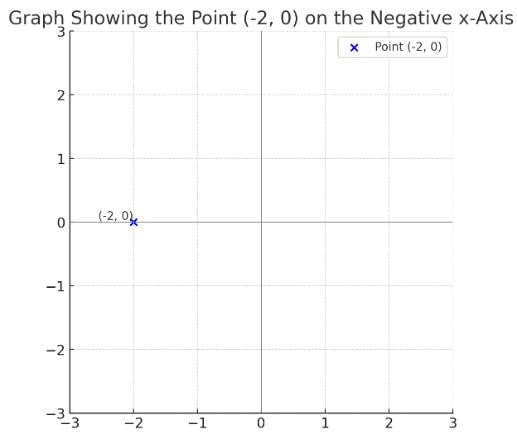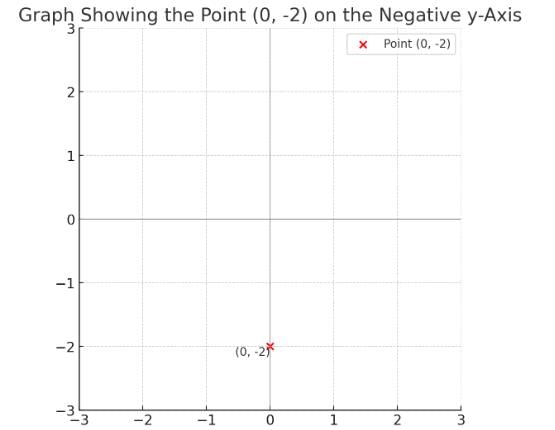Grade 9 Exam > Grade 9 Tests > Test: Coordinate Geometry - 2 - Grade 9 MCQ
Test: Coordinate Geometry - 2 - Grade 9 MCQ
Test Description
10 Questions MCQ Test - Test: Coordinate Geometry - 2
Test: Coordinate Geometry - 2 for Grade 9 2025 is part of Grade 9 preparation. The Test: Coordinate Geometry - 2 questions and answers have been prepared
according to the Grade 9 exam syllabus.The Test: Coordinate Geometry - 2 MCQs are made for Grade 9 2025 Exam.
Find important definitions, questions, notes, meanings, examples, exercises, MCQs and online tests for Test: Coordinate Geometry - 2 below.
Solutions of Test: Coordinate Geometry - 2 questions in English are available as part of our course for Grade 9 & Test: Coordinate Geometry - 2 solutions in
Hindi for Grade 9 course.
Download more important topics, notes, lectures and mock test series for Grade 9 Exam by signing up for free. Attempt Test: Coordinate Geometry - 2 | 10 questions in 15 minutes | Mock test for Grade 9 preparation | Free important questions MCQ to study for Grade 9 Exam | Download free PDF with solutions
Test: Coordinate Geometry - 2 - Question 1
The point of intersection of X and Y axes is called :
Detailed Solution for Test: Coordinate Geometry - 2 - Question 1
Test: Coordinate Geometry - 2 - Question 2
The point (3, 2) is at a distance of _______________ units from y-axis :
Detailed Solution for Test: Coordinate Geometry - 2 - Question 2
Test: Coordinate Geometry - 2 - Question 3
The point (–3, 2) belongs to Quadrant _______________ :
Detailed Solution for Test: Coordinate Geometry - 2 - Question 3
Test: Coordinate Geometry - 2 - Question 4
The point (2, –3) belongs to quadrant _______________ :
Detailed Solution for Test: Coordinate Geometry - 2 - Question 4
Test: Coordinate Geometry - 2 - Question 5
The point (3, 2) belongs to quadrant _______________ :
Detailed Solution for Test: Coordinate Geometry - 2 - Question 5
Detailed Solution for Test: Coordinate Geometry - 2 - Question 6
Detailed Solution for Test: Coordinate Geometry - 2 - Question 7
Detailed Solution for Test: Coordinate Geometry - 2 - Question 8
Detailed Solution for Test: Coordinate Geometry - 2 - Question 9
Detailed Solution for Test: Coordinate Geometry - 2 - Question 10
Information about Test: Coordinate Geometry - 2 Page
In this test you can find the Exam questions for Test: Coordinate Geometry - 2 solved & explained in the simplest way possible.
Besides giving Questions and answers for Test: Coordinate Geometry - 2, EduRev gives you an ample number of Online tests for practice
Download as PDF


















